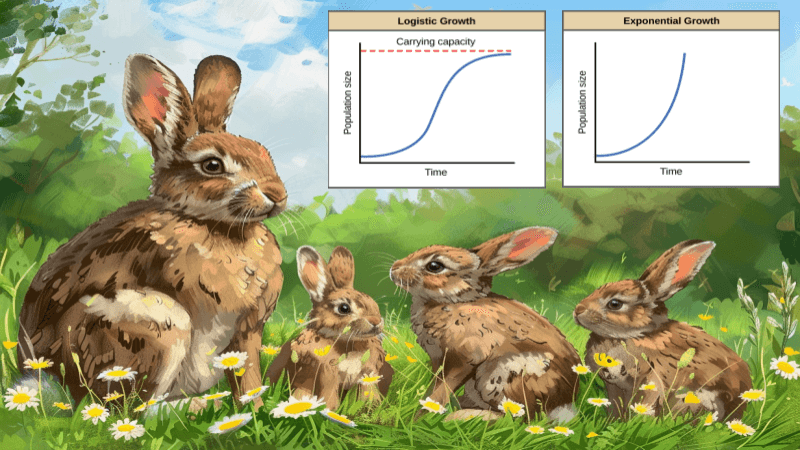Category: Ecology
-
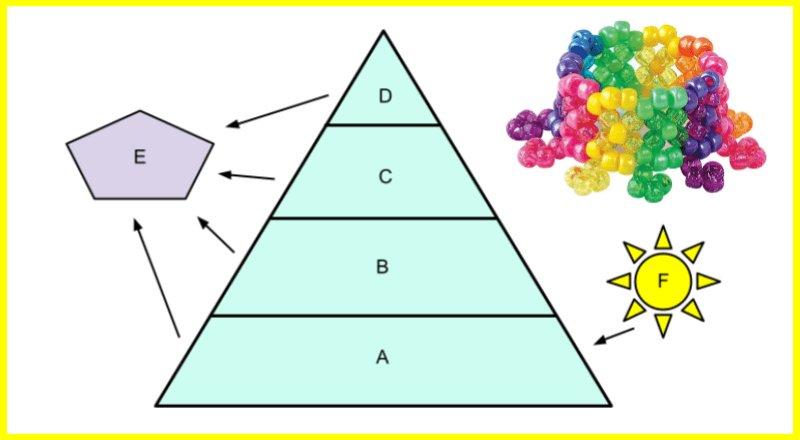
Modeling Ecological Pyramids
Looking for a way to include hands-on activities in an ecology unit? I’ve struggled with student engagement in this unit, mainly because so many of the concepts involve models. In this activity, students use beads to model the three types of ecological pyramids: pyramid of numbers, pyramid of biomass, and pyramid of energy. Each group…
-
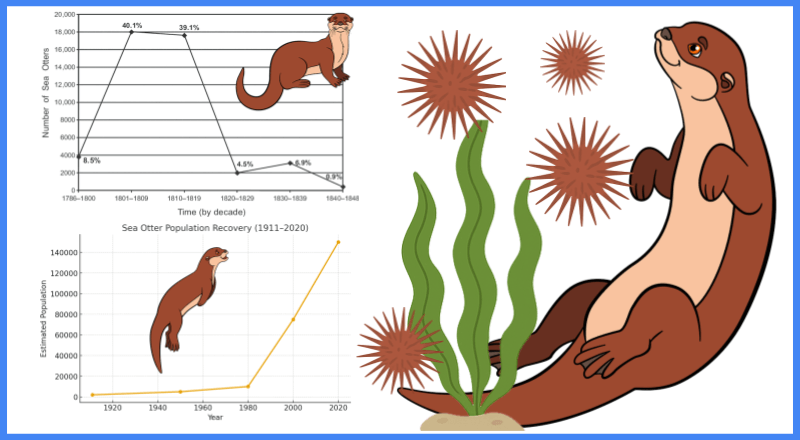
Case Study – Sea Otters and Kelp Forests
What if one small, furry animal could decide the fate of an entire ecosystem? That’s the story of the sea otter, a species once hunted nearly to extinction for its valuable fur, and now celebrated as a hero of the ocean. This case study resource is designed to bring that powerful story into the biology…
-
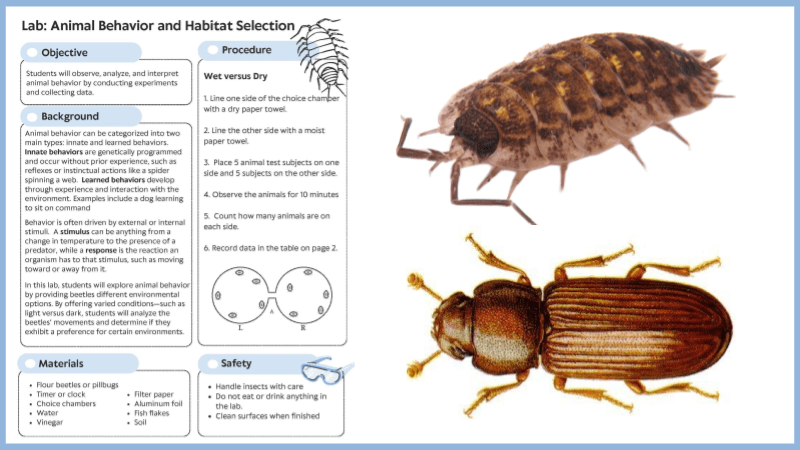
Lab: Animal Behavior and Habitat Selection
Understanding how animals respond to their environment is a fundamental concept in biology. In this engaging hands-on lesson, high school students explore animal behavior by observing how pillbugs (also known as roly-polies or woodlice) respond to different environmental stimuli. Part 1: Investigating Moisture Preferences The lesson begins by introducing students to the concept of taxis,…
-
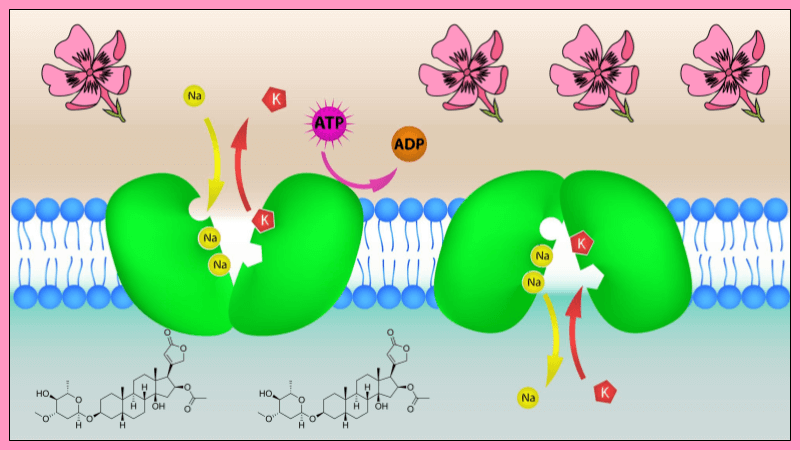
Case Study – A Brush with Oleander
When teaching about the fascinating and sometimes dangerous world of plants, there’s nothing quite as engaging as a real-world case study. Explore the case of deadly white oleander, when a landscaper accidentally poisons herself. This case study offers a multidisciplinary approach for teachers looking to enrich a biology unit on plant physiology. Learners also explore…
-
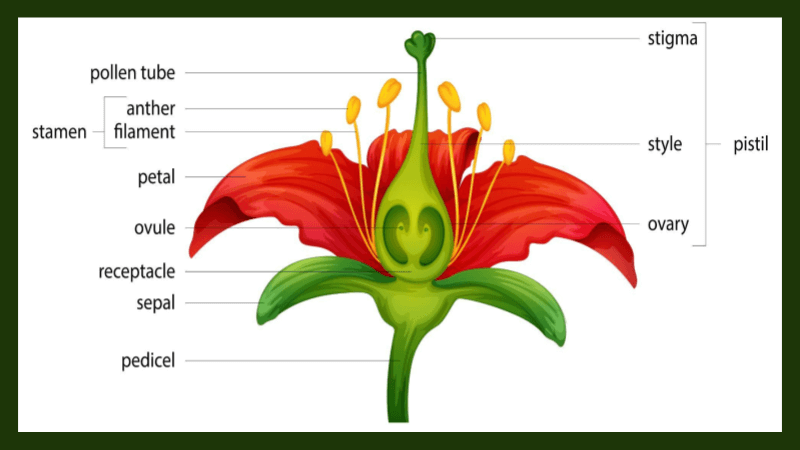
Learn Flower Anatomy with Dissection
Flowers are not just beautiful to look at; they are also fascinating biological structures with distinct parts that play vital roles in the life cycle of plants. Understanding the anatomy of a flower is a fundamental part of any biology curriculum, and what better way to teach it than with a hands-on activity? Students will…
-
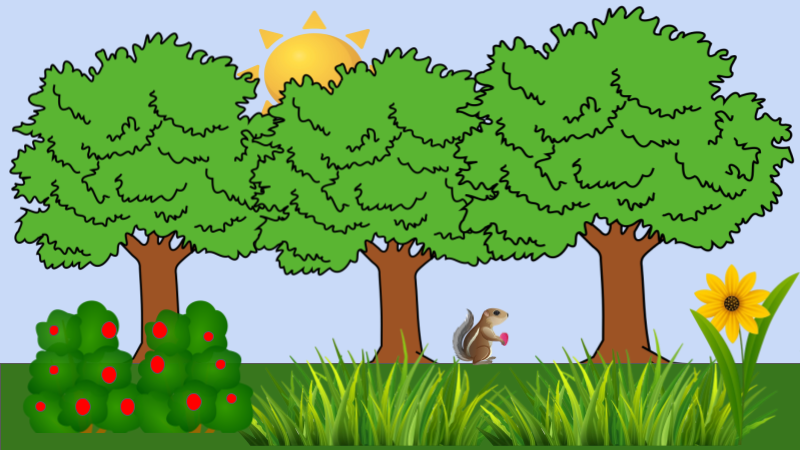
Ecological Succession Card Sort Activity
Ecological succession is a key idea in ecology that describes how ecosystems change and develop over time. It is the natural process where an ecosystem’s structure and species composition gradually shift, leading to the formation of a stable, mature community. This process involves a series of stages, each characterized by different types of species and…
-
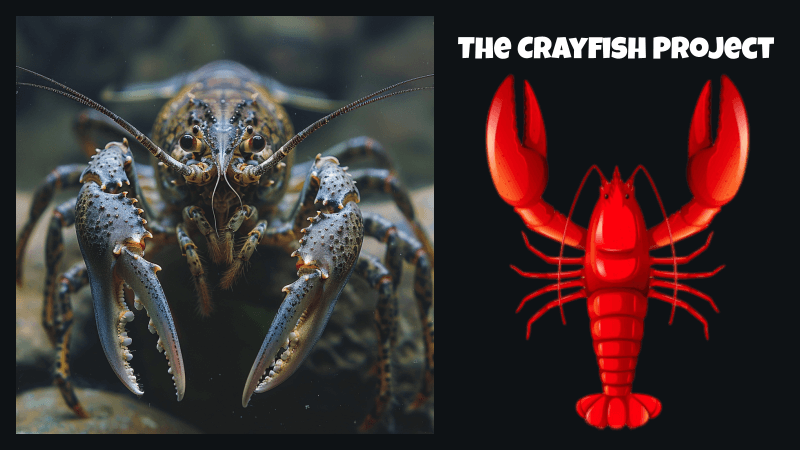
The Crayfish Project – Ecology and Anatomy
Student project on crayfish which includes learning about crayfish ecology, invasive species, and food webs. Dissect a crayfish specimen to learn anatomy!
-

Case Study – Effects of Coyote Removal in Texas
Examine data from an experiment where coyotes were removed from test sites. Evaluate the effects on rodents and mesopredators.
-
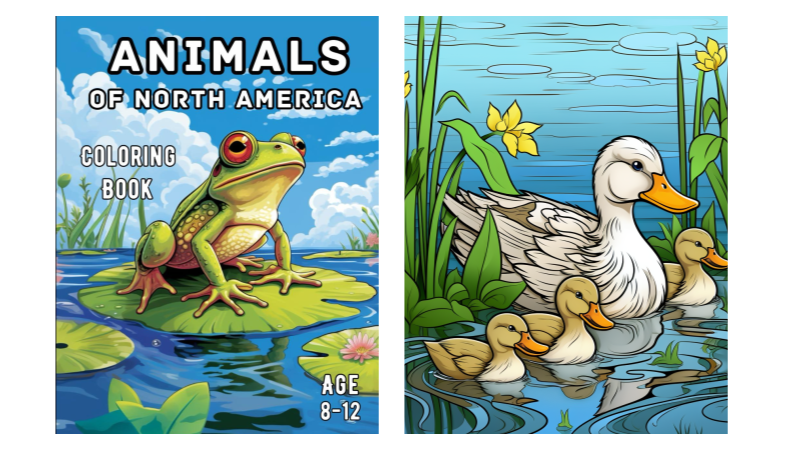
My Coloring Book – Animals of North America
A coloring book showcasing the animals of North America. Shows a variety of animals in their natural habitats!
-

Interpreting a Food Web and Trophic Levels
Students analyze a food web and determine the types of consumers, herbivores, carnivores, and omnivores. Then they construct a pyramid of numbers.
-
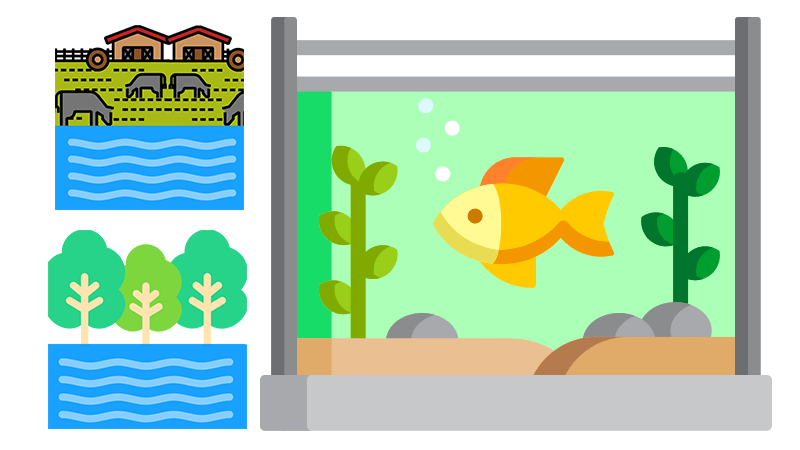
What Causes Algae Growth in Ponds?
Students examine data on two ponds to determine what is causing the algae growth in the pond near a farm.
-
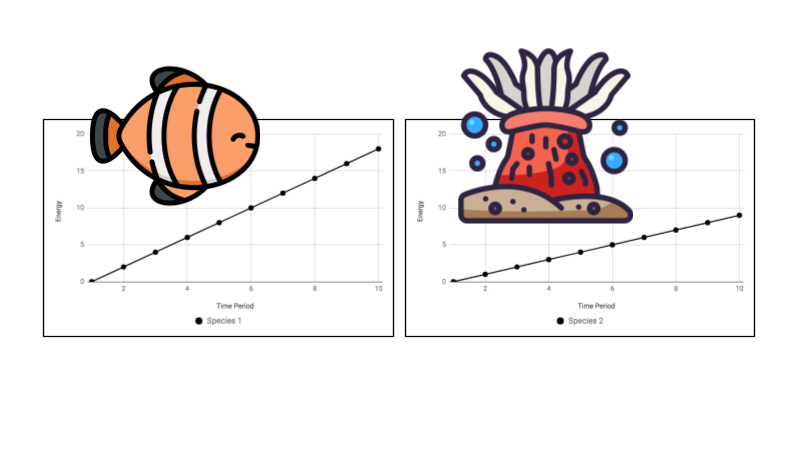
Symbiosis and Energy Use Graph Analysis
Students examine three graphs showing different types of symbiosis: mutualism, commensalism, and parasitism.
-
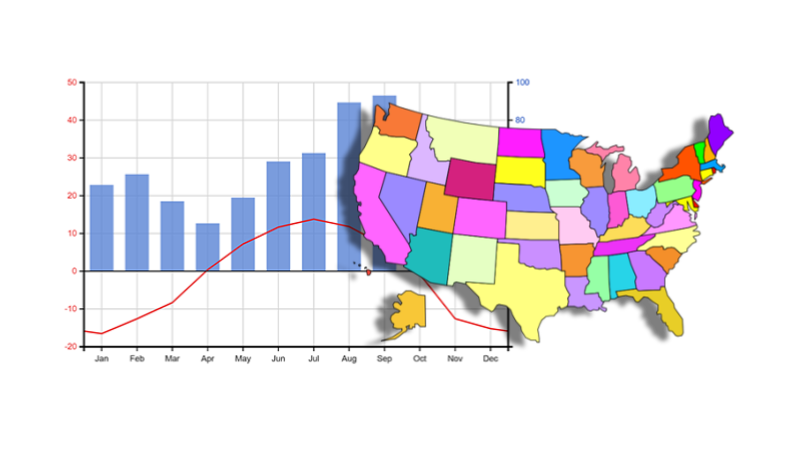
Analyze Data and Create a Climate Graph
Students practice analyzing climate graphs of four regions in the United States. Answer simple questions and create a graph from data collected in Germany.
-

Biology (Bee Book) Units 1 & 2 Reading Guides
Unit 1 and 2 Reading Guides for Miller and Levine Biology (Bee Book). Google Doc versions that can be shared on learning platforms.


